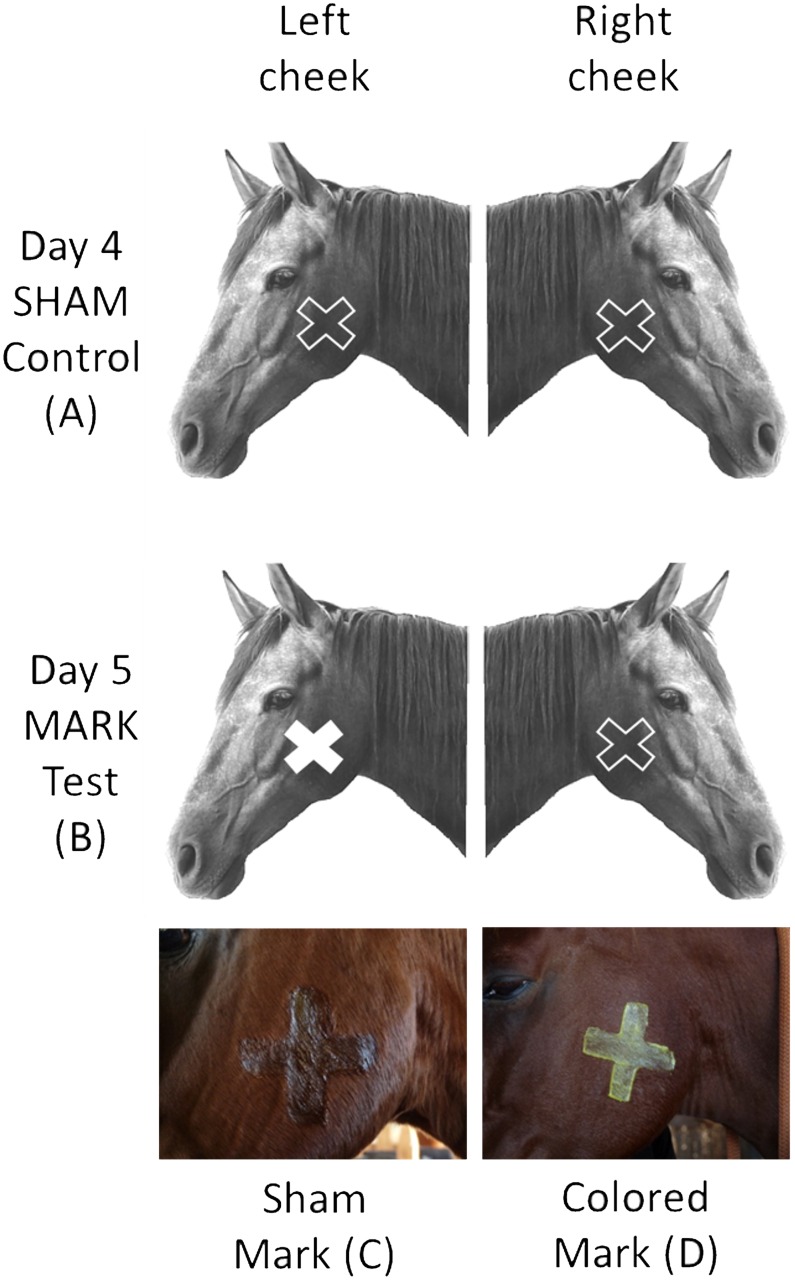Fig 2. Shape, color and position of the sham and colored marks during the Sham and Mark test.
Day 4 (SHAM control): both cheeks of the horse were painted with the sham mark (basal control for tactile cues) (A and C). Day 5 (MARK test 1): the left cheek was painted with colored mark (B and D, yellow for Julia and Calippo, blue for Betsie and Gina) while right cheek was painted with sham mark (C). Day 6 (MARK test 2): the position of sham and colored marks was inverted and, therefore, colored mark was positioned on the right side while sham mark was on the left side. The presence of the sham mark on the opposite cheek of the colored mark (during MARK test 1 and 2), was necessary to avoid the bias due to a tactile stimulation.

